Manners on the Trail
To walk the trail comfortably
Be thankful for the trails!
Many parts of the trail are part of someone’s precious land. Be grateful for the opportunity to encounter nature and life in the satoyama and enjoy the trails in a moderate way. The smartest way to enjoy the trails is not to inconvenience other users or residents of the surrounding area.
*Parking near the course is limited. Public transportation is recommended due to the busy season. Click here for other access information.
*Please do not park on private property in the neighborhood without permission, as it is very disruptive.
Parking is not allowed in the Tsukimachi-no-taki Momijien parking lot or Ichirou Apple Orchard parking lot.
If you wish to park near Shimonomiya, please be sure to use the Miyagawa Community Center parking lot as indicated in the Access Guide.
Take all trash home with you.
Taking all trash home and not leaving it on the trails will help protect the wonderful satoyama environment in perpetuity. Be proactive and pick up any trash you find.
Keep safe.
Doing your homework in advance and being well equipped will ensure your safety on the trails. Walking the trails is an enjoyable experience at your own risk. Be sure to understand that you are the only one who can protect your own safety, and take adequate precautions.
Protect the Environment
To protect the beautiful scenery and nature, please do not enter outside the course without permission.
Boundary markers and loan stakes on the course are important landmarks. Please be careful not to damage them.
The use of fire, including bonfires, is prohibited on the course, which is currently open. There are no campsites on the course. Even in the vicinity of the course, camping is prohibited except in designated encampments.
この投稿文は次の言語で読めます:
日本語 (Japanese)
Recommended hiking equipment
Let's walk around properly equipped.
Adequate equipment is the minimum etiquette.
Having the necessary equipment on the trail will help ensure your own safety. It also means that you will not cause problems for your companions or others on the trail, so being well-equipped is the first step in good manners. Mountaineering and trekking equipment is basic.
Use checklists and other tools to make sure you are well equipped before you start walking on the trails.
About the equipment required
- Trekking shoes
Wear trekking shoes made of waterproof and breathable material. Since there are hard rocky terrain and slippery slopes, shoes with firm soles and ankle protection are recommended.
- Rucksack/Backpack
Please carry a trekking sack (backpack) that allows you to keep both hands free and carry enough luggage.
- Rainwear
To cope with changing weather conditions and to protect against wind and cold, be sure to carry separate upper and lower rainwear made of waterproof, breathable material.
- Trekking wear
Wear layers of clothing made of quick-drying materials and be able to respond to temperature changes by taking them off and on. Carry a piece of fleece or other warm clothing in case of sudden weather changes.
- Hats and Gloves
Wear a hat in summer for sun protection, in winter for warmth, and to protect your head. Likewise, wear gloves to protect your hands.
- Sufficient water and food
Please plan well in advance and carry the necessary amount of water and food (action food).
- Garbage bag
All trash must be taken home. Please be sure to carry your own trash bags.
- Map and compass
Please carry a map and compass with you and use them in parallel, as there are some areas where it is difficult to get a signal from smartphones and other cell phone devices.
▼Please download the map below to check the course.
Trail Map
▼Please also download and utilize the GPX and KML data below.
GPX/KML
この投稿文は次の言語で読めます:
日本語 (Japanese)

